
Fast food spots may come and go, but some places leave a lasting mark. Even after closing their doors, these iconic restaurants live on in the memories (and cravings) of the people who loved them. From legendary burgers to one-of-a-kind sandwiches, these 15 classic fast-food chains left a mark—and honestly, they deserve another shot.
Burger Chef

Before McDonald’s took over, Burger Chef was the real king of fast food. In the ‘70s, it had more than 1,200 locations and even introduced the first kids’ meal with a toy (before Happy Meals even existed!). But financial troubles led to its demise in the ‘80s. Today, with nostalgia at an all-time high, a revived Burger Chef could give old-school fast-food fans a reason to celebrate.
Arthur Treacher’s
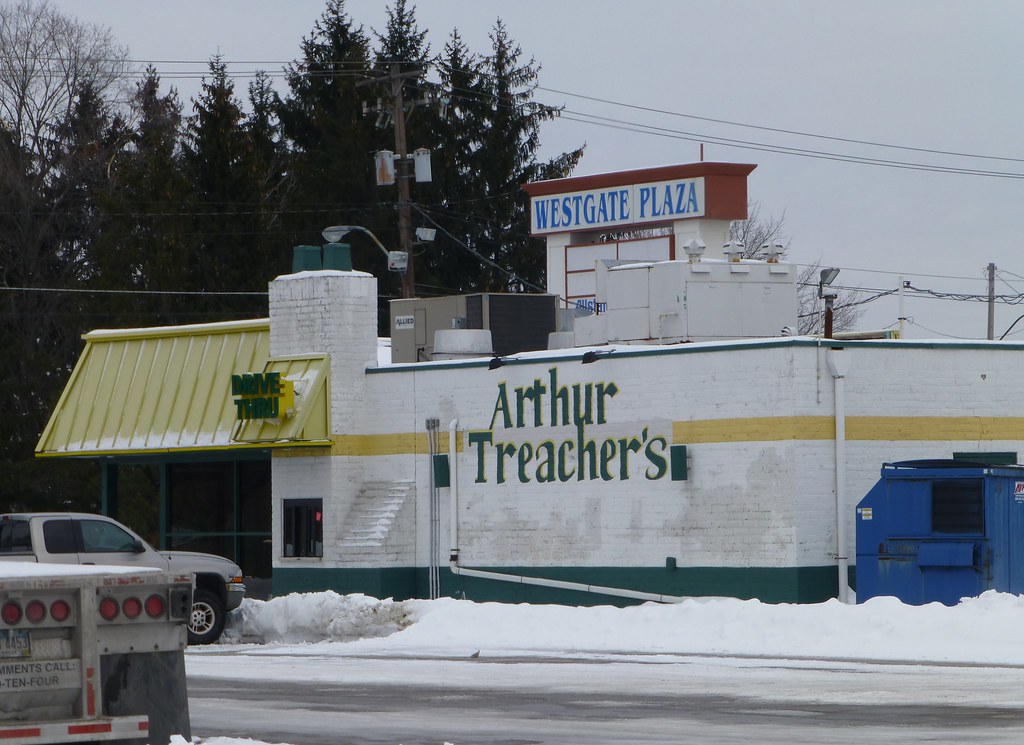
You probably haven’t spotted an Arthur Treacher’s sign in years—unless you’re in northeast Ohio. The chain started in Columbus in 1969 and expanded to 826 locations, riding the wave of America’s love for British-style fish and chips. But in the following decade, rising cod prices and fishing disputes between Iceland and the UK (known as the Cod Wars) led to its downfall.
Henry’s Hamburgers
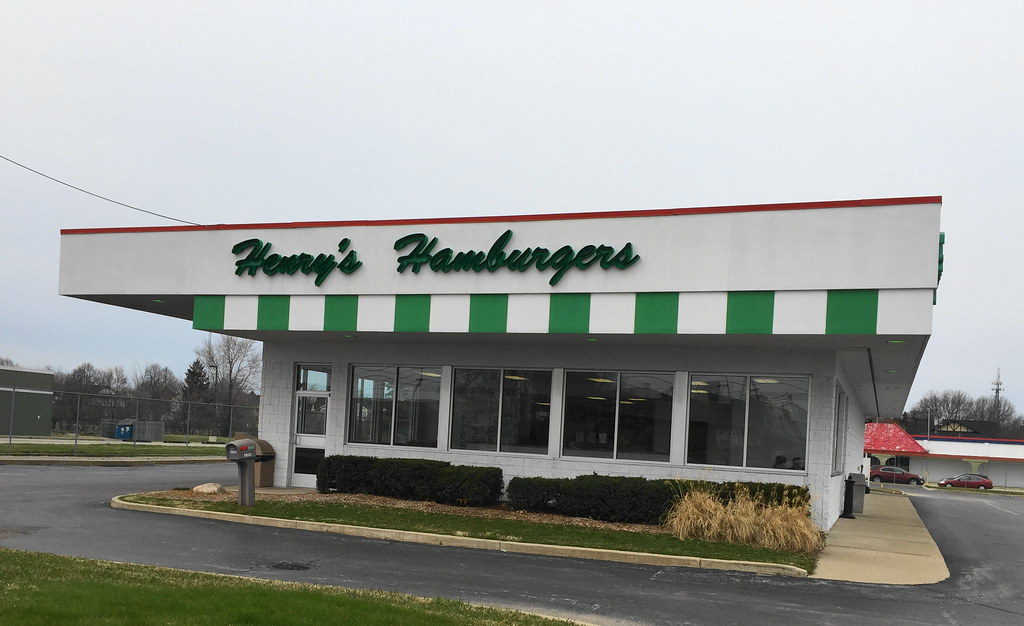
Henry’s Hamburgers was a chain that had around 200 locations across the U.S. in the 1960s. Customers loved its chili dogs, fish sandwiches, deep-fried shrimp, and crispy catfish. But by the late 1970s, the chain couldn’t keep up with competitors and faded away. Today, you’ll find only one location in Benton Harbor, Michigan.
VIP’s
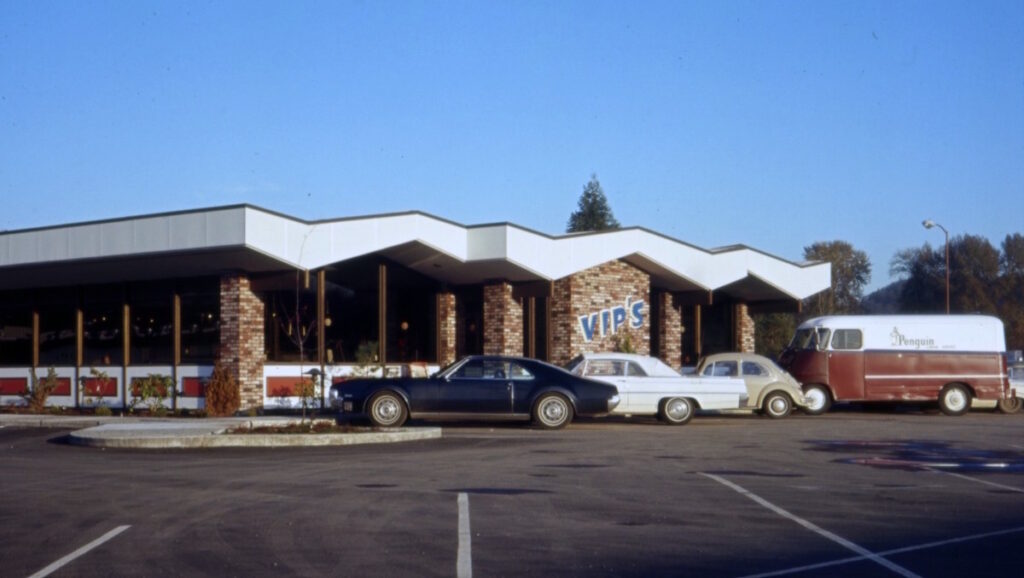
A staple in Oregon during the 1970s, VIP’s served everything from sandwiches and burgers to steaks, clam strips, and even sundaes. Despite the name, anyone could stop in for a meal. At its peak, the chain had about 53 locations, but financial struggles in the 1980s led to its sale. Most of its restaurants were converted into Denny’s.
Pumper Nic
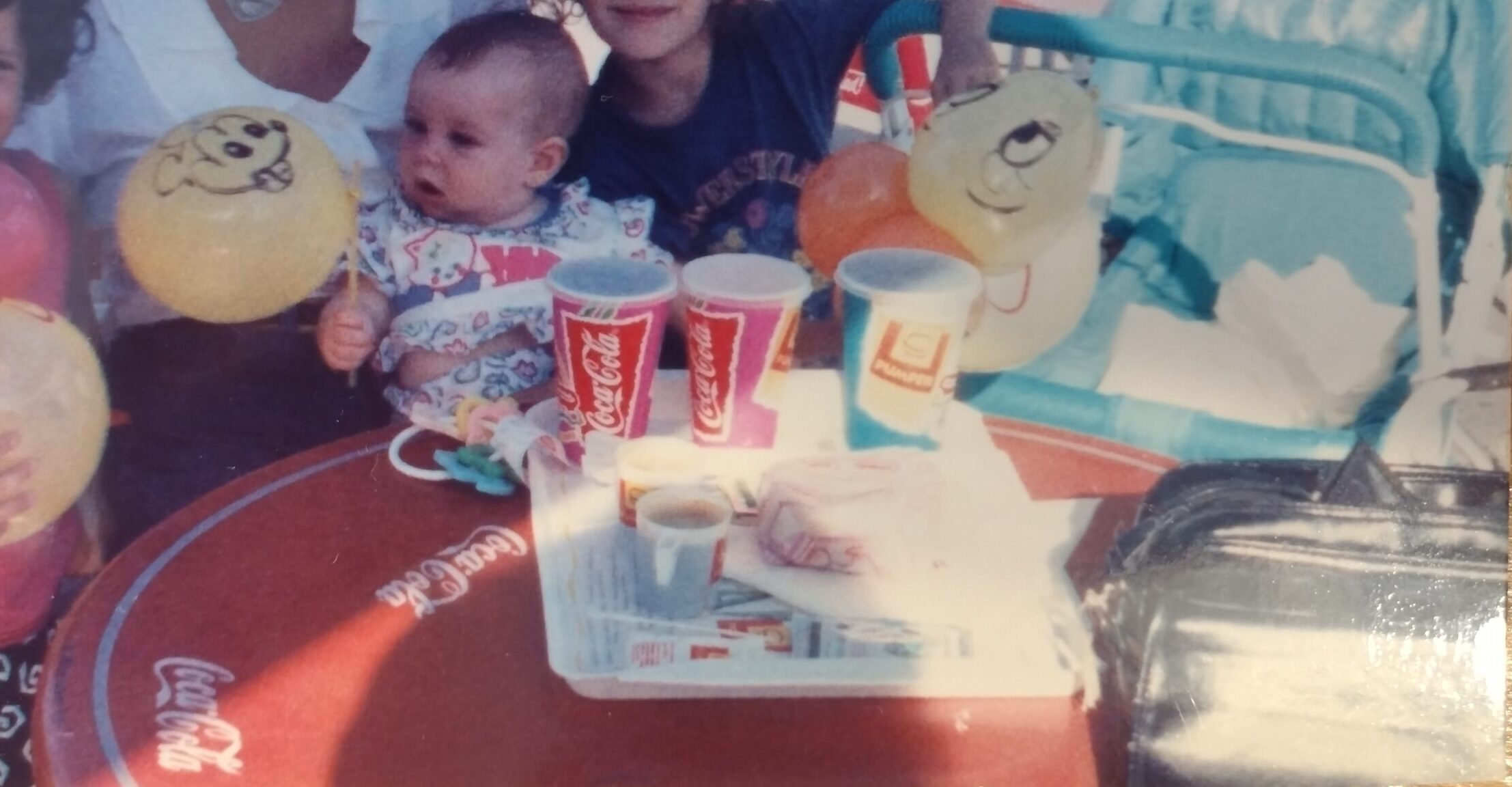
Pumper Nic (named after pumpernickel bread) was a popular sandwich chain in Argentina during the 1970s and 1980s. It became the country’s first franchise in 1975 and quickly reached 70 locations at its peak. However, its fast growth made management difficult, leading to inconsistent food quality. Pumper Nic struggled to keep up and eventually went bankrupt in early 1999.
The All-American Burger

The All-American Burger was a California-based chain that got a moment of fame in the 1980s when it appeared in Fast Times at Ridgemont High. It served classic dishes like quarter-pounders, chili burgers, and hickory burgers. But by the time the movie hit theaters, the chain was already struggling and shutting down locations. One last spot held on along Sunset Boulevard in Los Angeles until it finally closed in 2010.
Clock
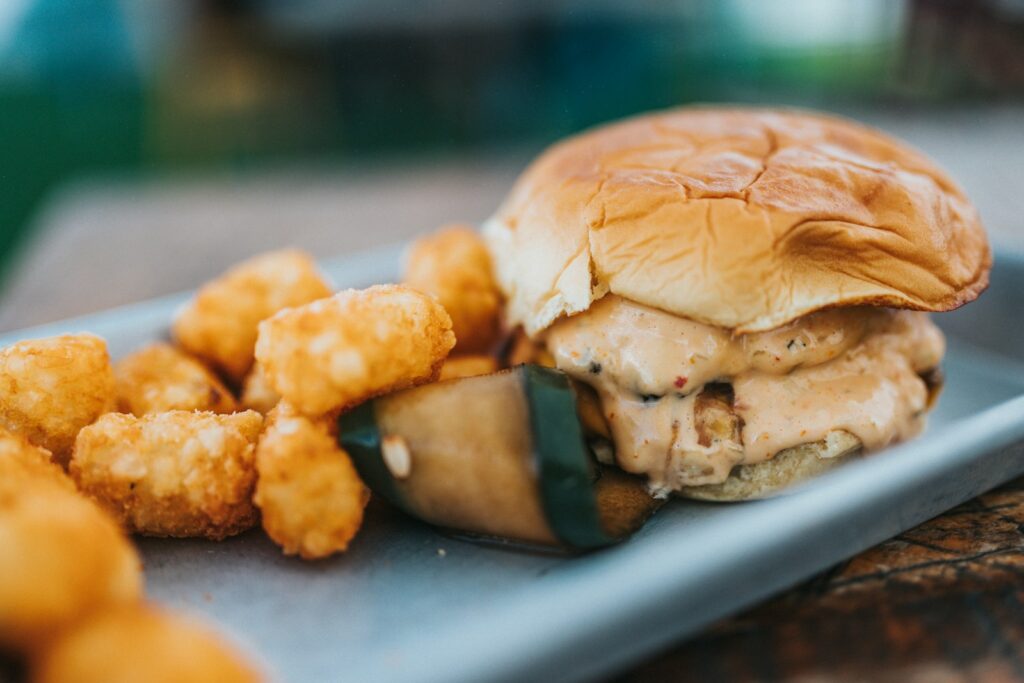
Clock was a popular hamburger chain throughout the ’70s and ’80s launched in 1976 by the Swedish government to compete with McDonald’s. Its red-and-yellow branding and its signature burger (Big Clock) made its inspiration obvious. The menu featured some unusual items, like a bacon burger with curry dressing and another topped with pineapple. By the 1990s, financial troubles forced it to shut down, with a few locations ironically ending up as McDonald’s restaurants.
Doggie Diner

Yeah, the name was a bit odd. But what really stuck with people was the giant fiberglass dachshund wearing a bow tie and chef’s hat outside every Doggie Diner location. This California-based hot dog and burger chain was founded in 1948 by amateur boxer Al Ross and grew to 30 locations. But with fast-food giants like McDonald’s taking over, it couldn’t keep up and was gone by 1986.
Chooks
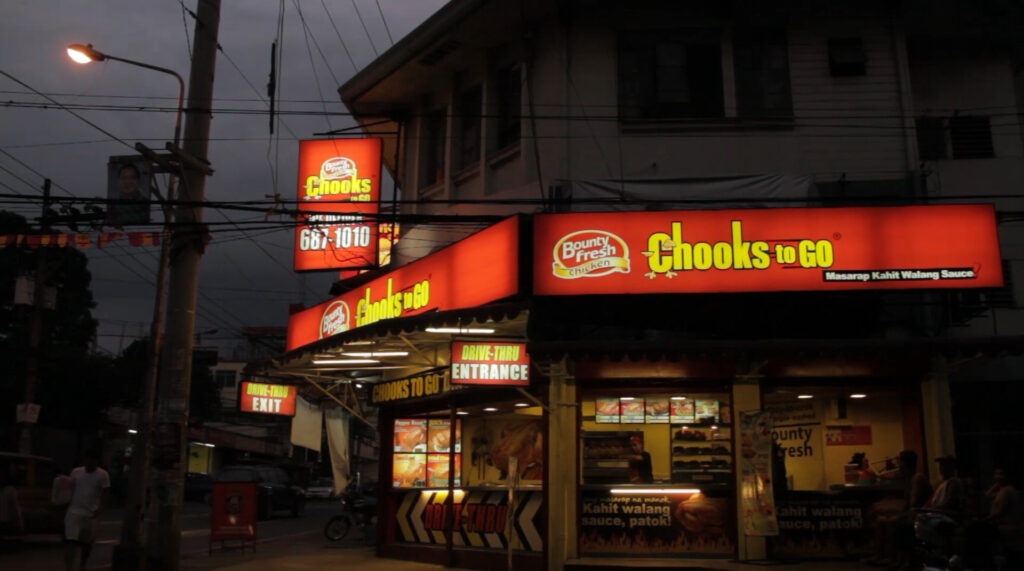
Chooks was a fast-food chain in Western Australia that was famous for its barbecued and fried chicken. It started in 1991 as River Rooster but later changed its name to avoid confusion with Red Rooster (another well-known Australian brand). In 2003, the public chose the name “Chooks” through a competition. But by 2010, the chain shut down and most locations were rebranded as Chicken Treat.
Little Tavern

Little Tavern was one of the many burger joints that took inspiration from White Castle. It opened in Louisville, Kentucky, in 1927 and grew to about 50 locations by the 1940s. Its bite-sized sliders and the slogan “Buy ‘em by the bag” made it a fan favorite. But by the 1980s, bigger and flashier fast-food chains took over so Little Tavern had to shut down.
Carrols
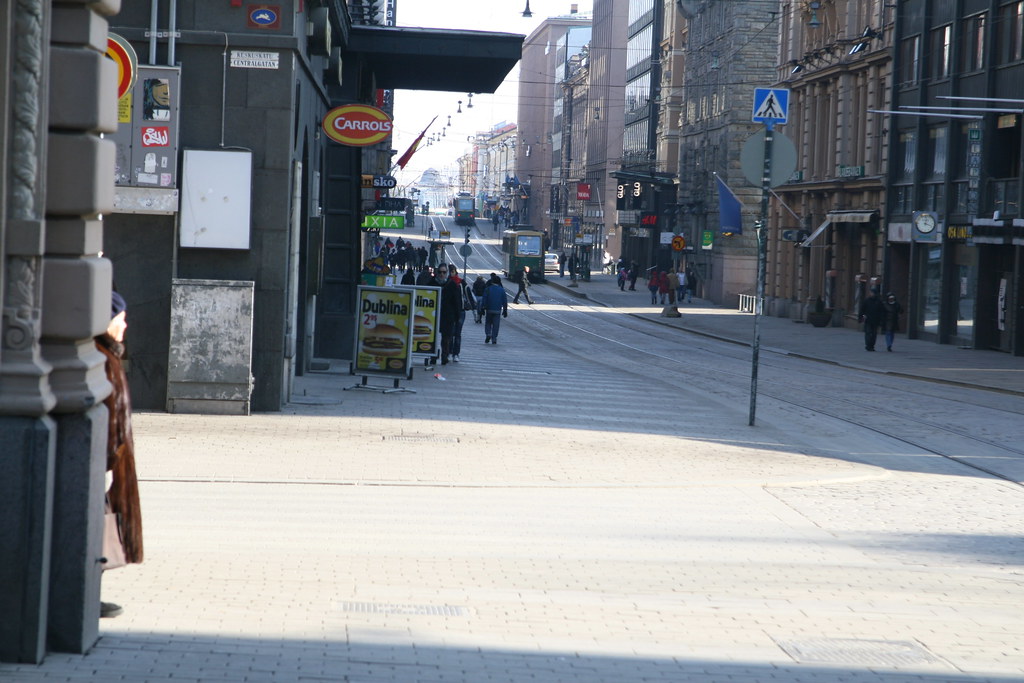
Carrols was a big deal in the New York area back in the 1960s, with over 150 locations serving up Club Burgers (their take on double-decker sandwiches), fries, shakes, and Looney Tunes drinking glasses. It was one of the fastest-growing franchise chains at the time. But by the late ‘70s, the parent company decided to switch things up, converting most locations into Burger Kings.
G.D. Ritzy’s

G.D. Ritzy’s was once a well-known chain with 95 locations across the eastern U.S., but only a few remain today in Ohio, Columbus, Evansville, Indiana, and Kentucky. Launched in the 1980s by a former Wendy’s executive, it served ice cream, burgers, hot dogs, and chili. But by the 1990s, most of its locations had closed as it was unable to keep up with bigger competitors.
Chi-Chi’s
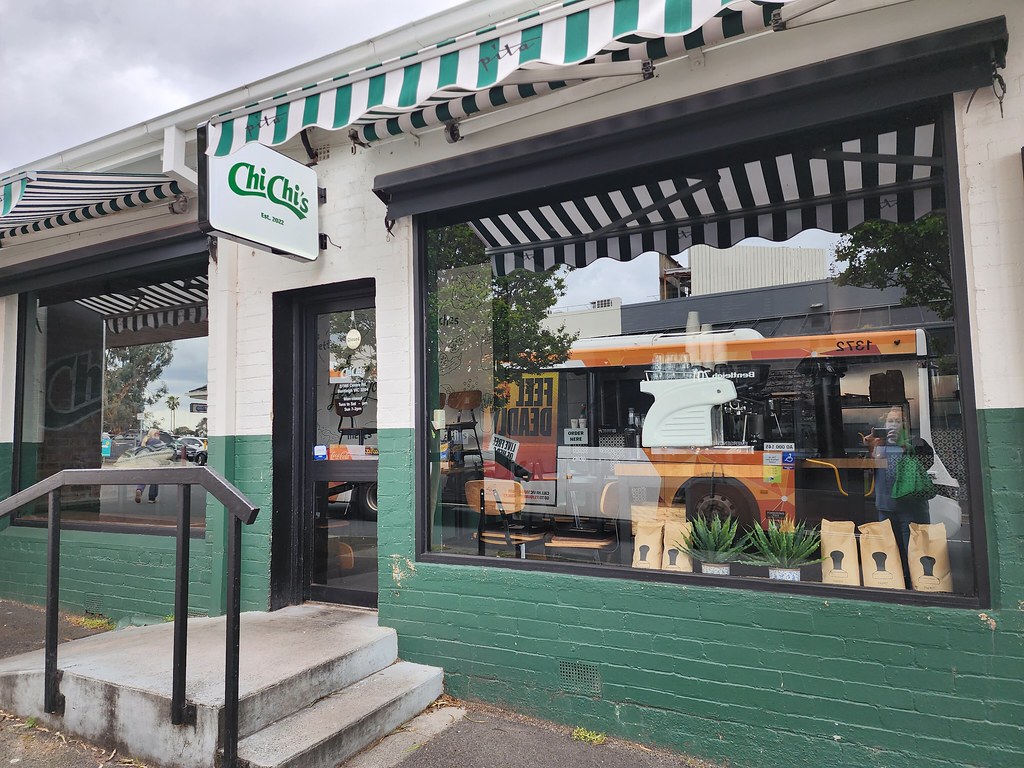
Back in the 1970s, if you were craving Tex-Mex, Chi-Chi’s was the place to go. It was known for its chimichangas, nachos, and salsa and was founded by former football player Max McGee and restaurateur Marno McDermit. But a hepatitis A outbreak in the 2000s wiped it out in the U.S. Surprisingly, the last Chi-Chi’s still stands—just not here. You’ll have to go to Vienna, Austria, to find it.
Lum’s

Lum’s was easy to spot with its red-and-white striped awning and it served beer-steamed hot dogs, fried seafood, hot roast beef sandwiches, and subs while also offering a selection of international beers from places like Mexico and Japan. The chain started in Florida in 1956 and expanded to about 450 locations across the U.S. By 1982 it filed for bankruptcy and one last location in Bellevue stayed open until 2017.
Chicken George
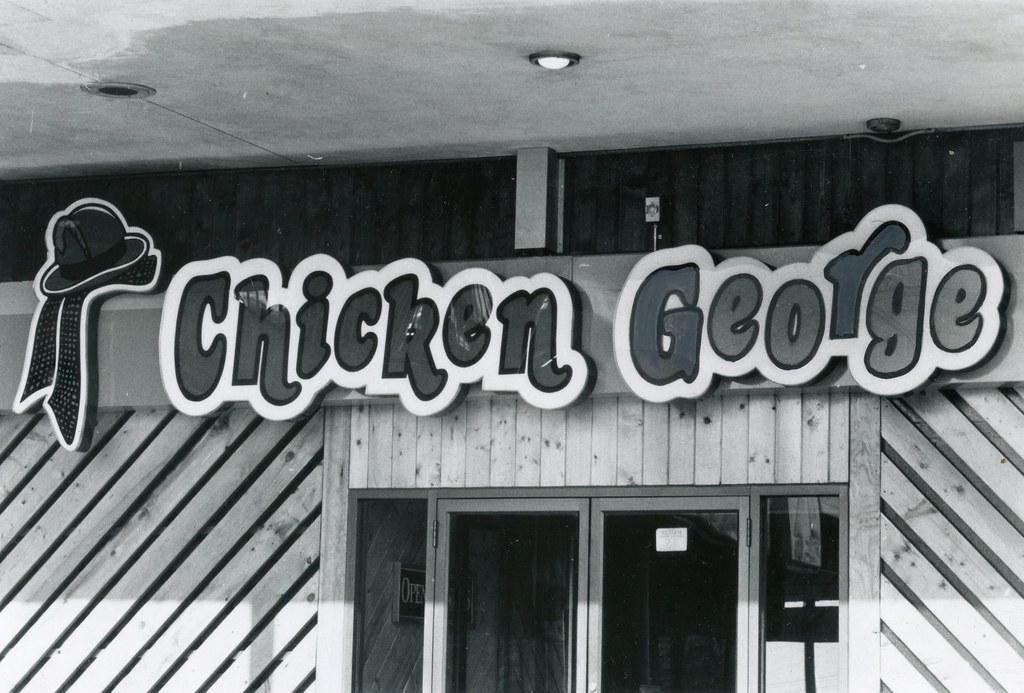
This Baltimore-based chain served rice, gumbo, fries, biscuits, corn on the cob, collard greens, and spicy fried chicken that claimed to be “better than Mama’s.” Founded in 1979 by Ted N. Holmes, it quickly became the largest Black-owned restaurant business in the U.S. at the time. But financial troubles led to bankruptcy by the next decade and the stores were sold off.
Leave a comment